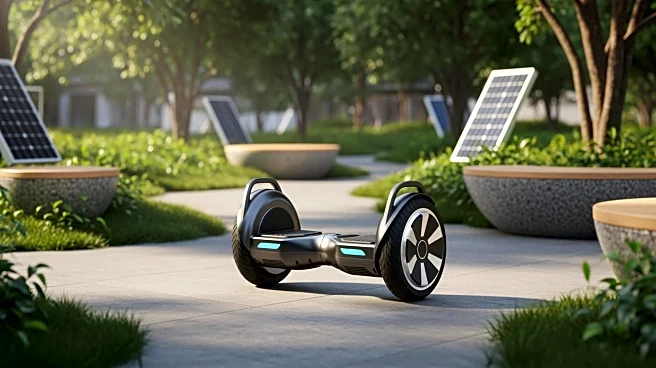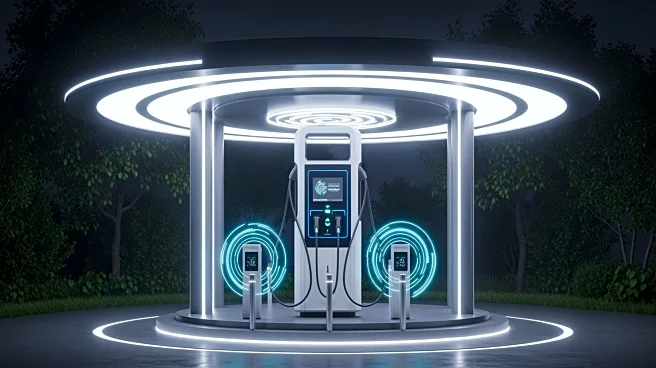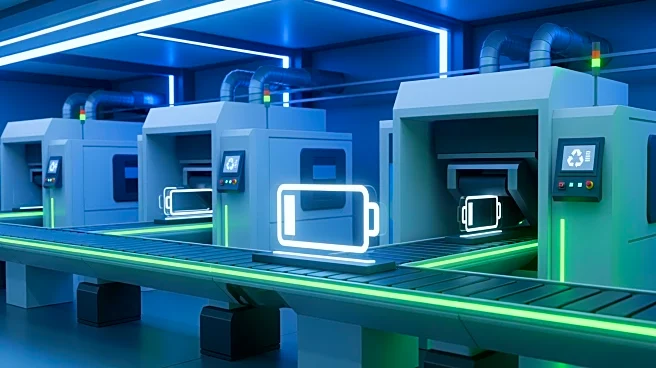What's Happening?
The global construction and mining equipment market is undergoing significant transformation due to rapid urbanization, expanding infrastructure projects, and increased mining activities to meet global demand for critical minerals. Valued at $142.2 billion
in 2024, the market is projected to reach $231.4 billion by 2031, growing at a CAGR of 7.2%. The market includes a wide range of machinery used in excavation, earthmoving, material handling, and mining operations, such as loaders, excavators, dump trucks, drills, and crushers. The integration of automation, telematics, and smart technologies is revolutionizing equipment performance and operational efficiency across industries.
Why It's Important?
The growth of the construction and mining equipment market is crucial for global infrastructure development, particularly in emerging economies. The adoption of automation and telematics enhances productivity and safety standards, reducing on-site accidents and human intervention in hazardous environments. The demand for minerals and metals required for renewable technologies is driving mining equipment sales, while the emphasis on sustainability is encouraging the development of hybrid and electric-powered machines. This shift towards sustainable practices is expected to reduce environmental impact while maintaining operational efficiency.
What's Next?
The market presents opportunities for innovation and global collaboration, particularly in the development of electric and hybrid machinery. As countries intensify their decarbonization efforts, demand for energy-efficient, low-emission machinery is expected to surge. Manufacturers investing in next-generation battery technologies and modular designs will gain a competitive advantage. The integration of digital technologies and smart connectivity offers another major opportunity, enabling predictive maintenance, fleet optimization, and enhanced decision-making.
Beyond the Headlines
The environmental footprint of diesel-powered equipment and strict emission norms pose challenges for manufacturers. Compliance with evolving environmental standards requires continuous innovation, which can be costly and time-intensive. Additionally, fluctuations in raw material prices and geopolitical uncertainties in key mining regions may disrupt equipment demand and export supply chains.













